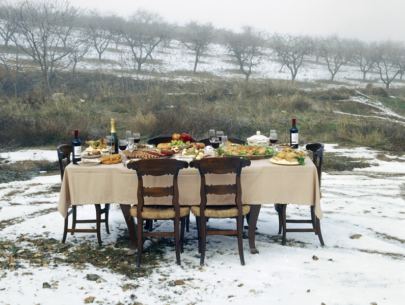
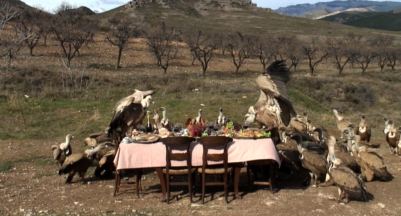
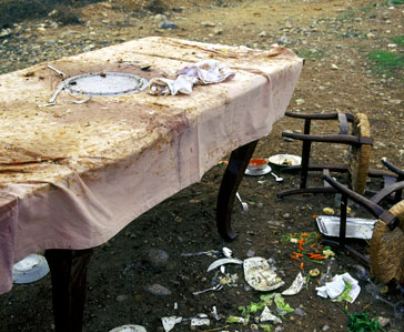 Video here.
Video here.
Archives for December 2009
Emilio Lopez-Menchero: identity theft
All the people I used to know
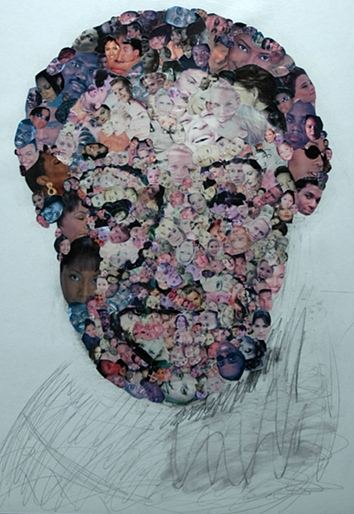 William Powhida (click image to enlarge)
William Powhida (click image to enlarge)
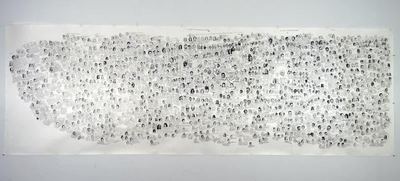 The Powhida drawing is part of his contribution to a group show at Platform Gallery, The There, through Jan. 1.
The Powhida drawing is part of his contribution to a group show at Platform Gallery, The There, through Jan. 1.
He who digs newspapers
Blaming the artist for the art world
Peter Schjeldahl knows his way around a sentence. His appear tossed off but take their place in the deep end of the pool. In spite of their brilliance, however, some drown there, sunk by writer’s contempt for his subject.
I hope to see Urs Fischer at the New Museum but haven’t yet. Has Schjeldahl? He wrote his paragraph review to bury Fischer, not consider him. It’s brilliant as writing but inert as criticism.
“Why must the show go on?” Noël Coward wondered. The question recurs apropos a desperately ingratiating Urs Fischer exhibition at the New Museum. Frail japes by the mildly talented Swiss-born sculptor–the international art world’s chief gadfly wit since Maurizio Cattelan faded in the role–are jacked up to epic, flauntingly expensive scale. There are huge aluminum casts of tiny clay lumps (you can tell by the giant thumbprints), walls and a ceiling papered with photographs of themselves, and big mirrored blocks that bear images of common objects. When a hole in a wall is approached, a realistic tongue sticks out of it. A faux cake is suspended in the air by hidden magnets. It’s all nicely diverting–but from what? If you spend more than twenty minutes with the three-floor extravaganza, you’re loitering. The New Museum could just as well not have done the show while saying it did. The effect would be roughly the same: expressing a practically reptilian institutional craving for a new art star.
Schjeldahl could be a broker glancing at stock results – who’s up, who’s down – or an insult comic, his quips his weapon. Almost any artist can be made to seem ridiculous by describing the work in this kind of seen-one, seen-all tone. Schjeldahl’s real target is the New Museum. I love this phrase – “a practically reptilian institutional craving for a new art star” – but isn’t it possible that a suspect platform can still deliver a real thing?
Recycling Hanukkah
A recycled glass menorah from Vertige via Olympia Dumpster Divers.

Allison Manch – the American West embroidered
The ties that bound American families on the East Coast loosened for the loners who headed West. My brother the gambler explained it to me this way: “If we’d stayed in Boston, somebody would have a word with an uncle who’d talk to his brother the priest who’d tell a cop from the neighborhood in confidence. They’d work it out. In Los Angeles nobody knows you, and they break your legs right away.”
When Richard Avedon’s In The American West came out in 1985, some said it traded in stereotypes. He photographed small timers wheeling in their own worlds like planets. They pumped gas or stuck up the station, stood on their feet all day behind a counter or sat in front of a TV set, failing to respond when paged by their charges in the welfare nursing home.
Avedon:
 She’s made of money from the petty cash drawer. What happens when this image is recast as embroidery?
She’s made of money from the petty cash drawer. What happens when this image is recast as embroidery?
Allison Manch: 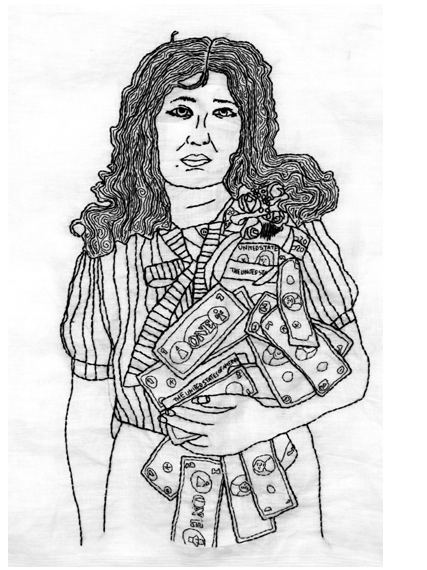 The act of sewing seeds a barren ground with domesticity. The figure is the same person in the same moment, but every inch of her has a achieved a homey acceptance. She’s now a name written in her grandmother’s Bible that no one ever crosses out.
The act of sewing seeds a barren ground with domesticity. The figure is the same person in the same moment, but every inch of her has a achieved a homey acceptance. She’s now a name written in her grandmother’s Bible that no one ever crosses out.
Manch’s Gimme Shelter is at Grey Gallery through Feb. 6.
A friend writes from Florence
From a email written by a traveler:
Through a palazzo entry on the Via de’ Bardi is the entry to the newly-opened Bardini Gardens. Right beyond the Via de’ Bardi, which is one block across the Arno, the hills begin to rise up steeply to where the old fort is located at the back of the Boboli Gardens. The entire hillside – I’d guess 20 acres – is composed of formal and semi-formal gardens.
None of this has been open to the public – ever. It has been restored over five years or so and just opened within the last few months. Statues, fountains, rivulets, massive and mini stairways, plazas, and perches. Trees and other flora of every conceivable variety. Plus . . . and this is a stunning plus . . . closeup views of the whole city. The views are like being swept on a magic carpet from San Miniato al monte so close to the city that you feel you can reach out and touch the Duomo. The gardens are peaceful, beautiful, fanciful, stunning, thrilling, eccentric, and a joy.
From the back of the Bardini Gardens you can go down a short block and through a back gate into the Boboli Gardens. Liz and I truly loved the Bardini Gardens. Fortunately we forgot to bring our camera. We would have wasted our time trying to take thousands of pictures. As Ama’s mother said, “Pictures not enough.” You need to go there. “Web site not enough” either, and the Web site pictures don’t approach what the eye sees, but there is a Web site.
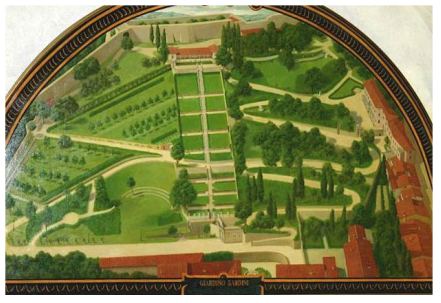
Gil Kane – what’s new is always trash
Gil Kane, in an essay by Gary Groth:
In the commonplace world, all new arts are trash. In Elizabethan times,
it was commonplace to say that Shakespeare’s theatre was trash. And
then it was the novel’s turn: the novel, they said, was trash. And then
the film came along. First it was the silent film, and the commonplace
was that it was trash — until the sound film emerged. Then the silent
film suddenly became an art, as the theatre and the novel had, and it
was the sound movie that was trash. Today, all film is becoming art.
What’s trash today, then? Comics, of course. But now that the newspaper
strip is ailing, the commonplace is that it may be art. Those comic book stories, though, they’re surely trash…
The incredible inedible egg
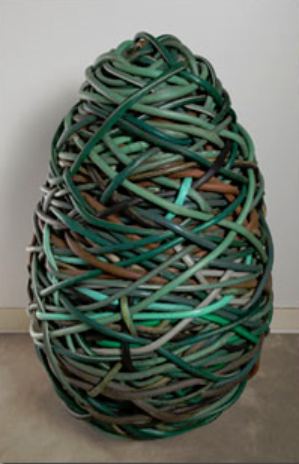 Crothers via C-Monster
Crothers via C-Monster
 Anish Kapoor, what the right angle delivers, image via.
Anish Kapoor, what the right angle delivers, image via.




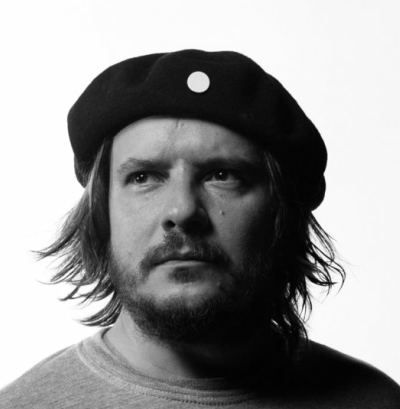
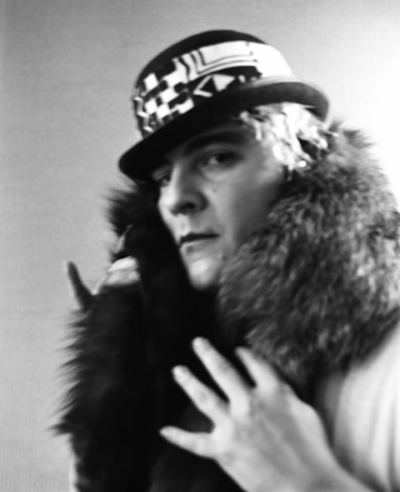
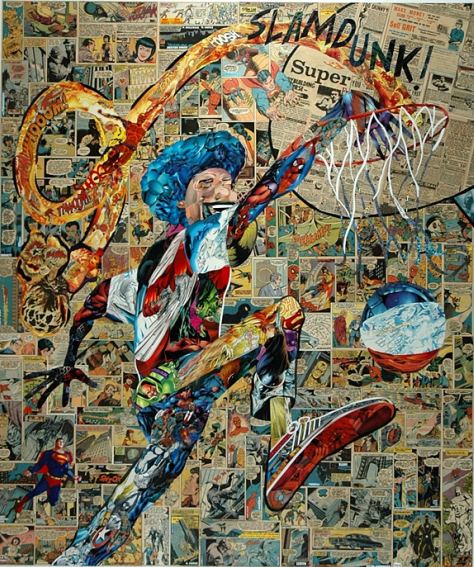
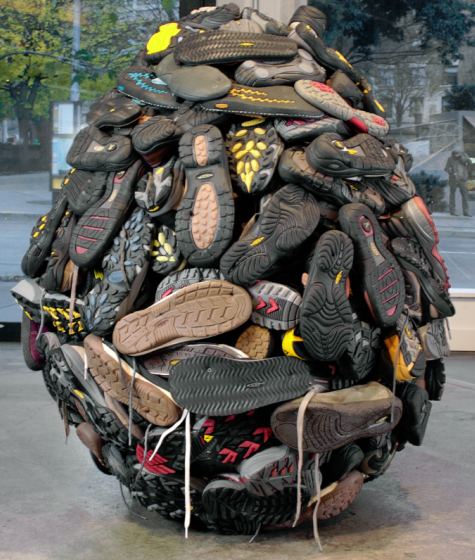
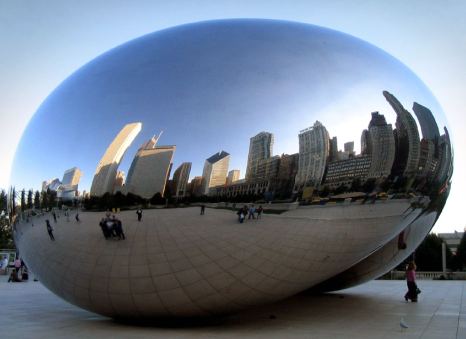
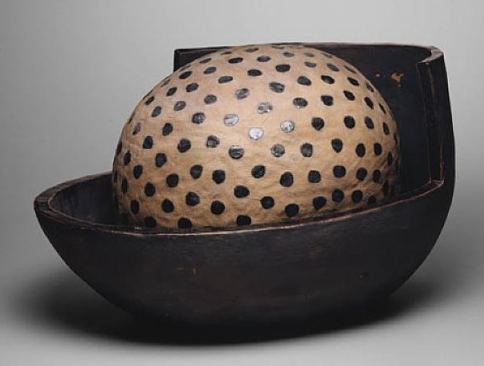
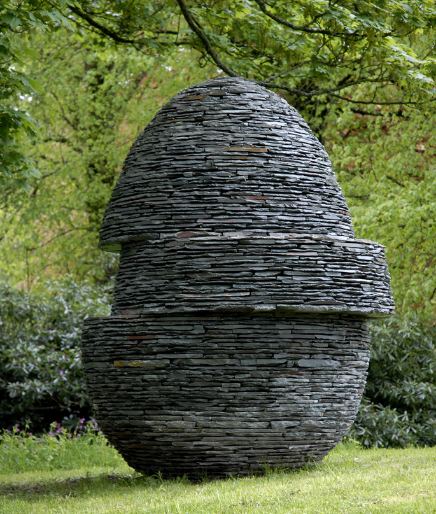 Egg Nest
Egg Nest 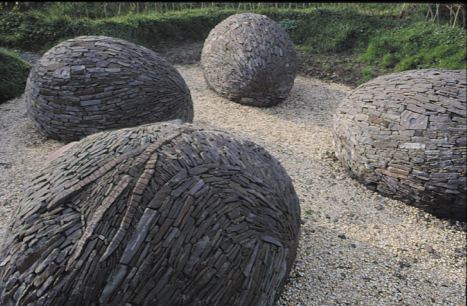 Egg Road (
Egg Road (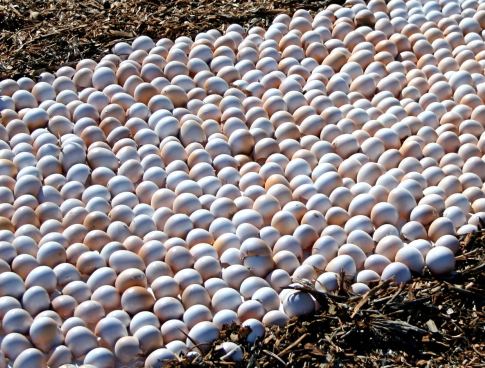
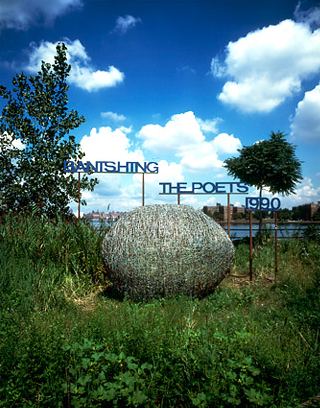
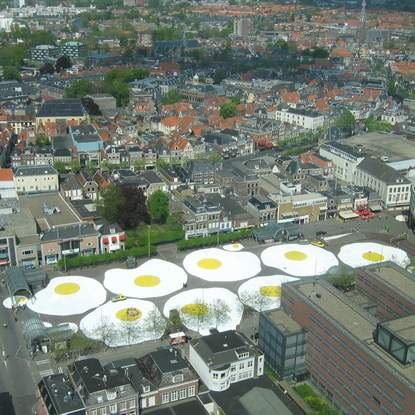 And early in the 20th century, the giants of the theme:
And early in the 20th century, the giants of the theme: